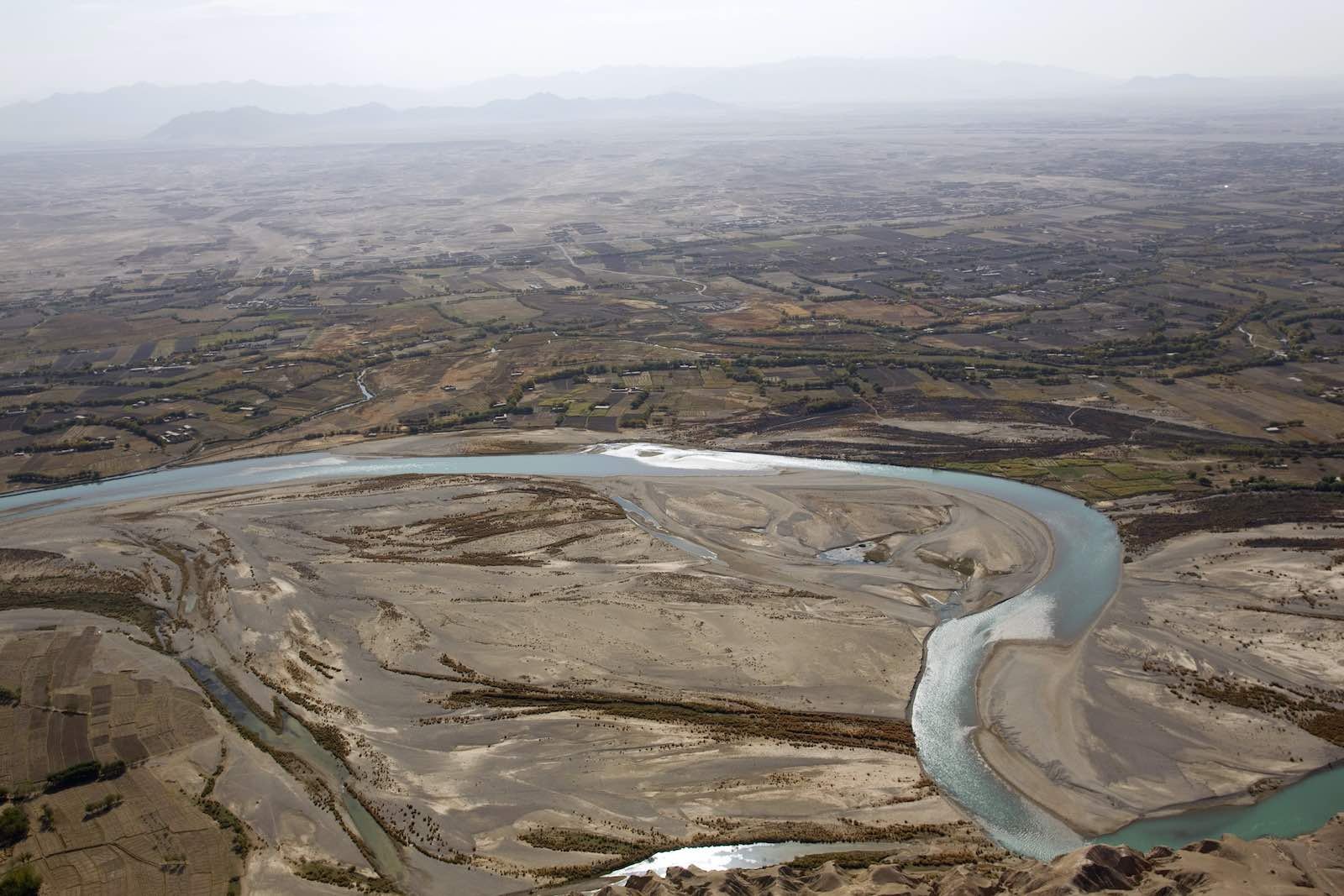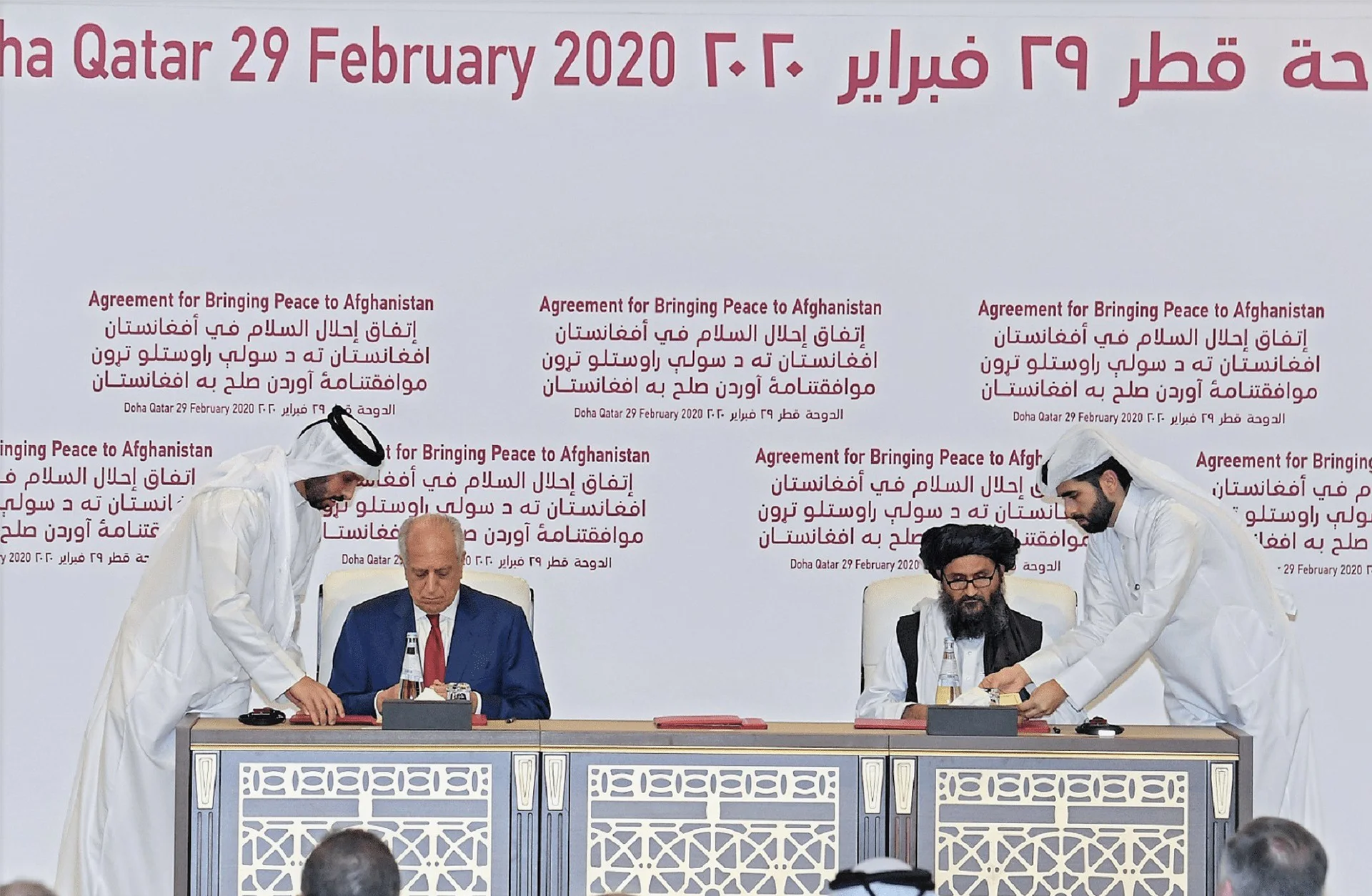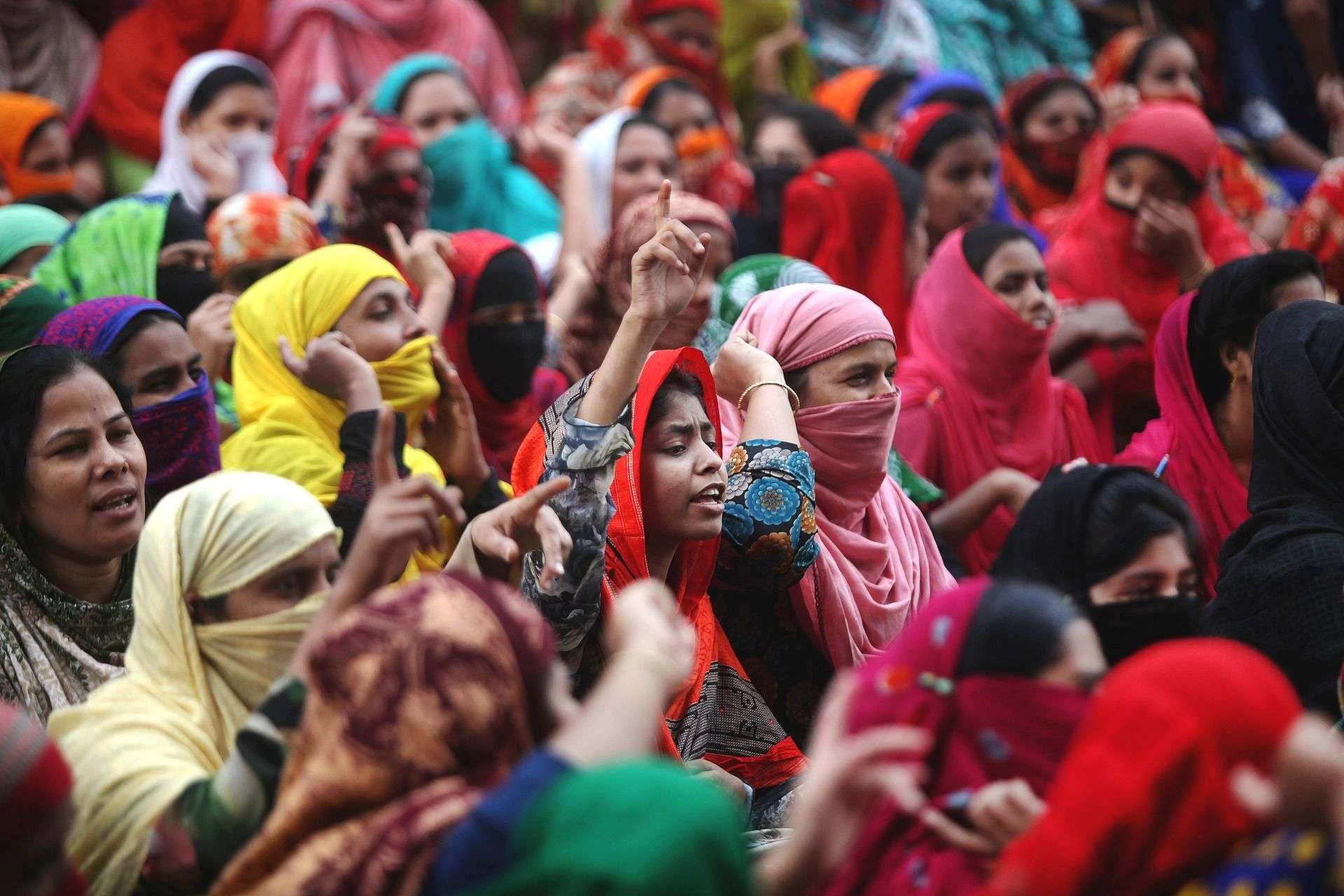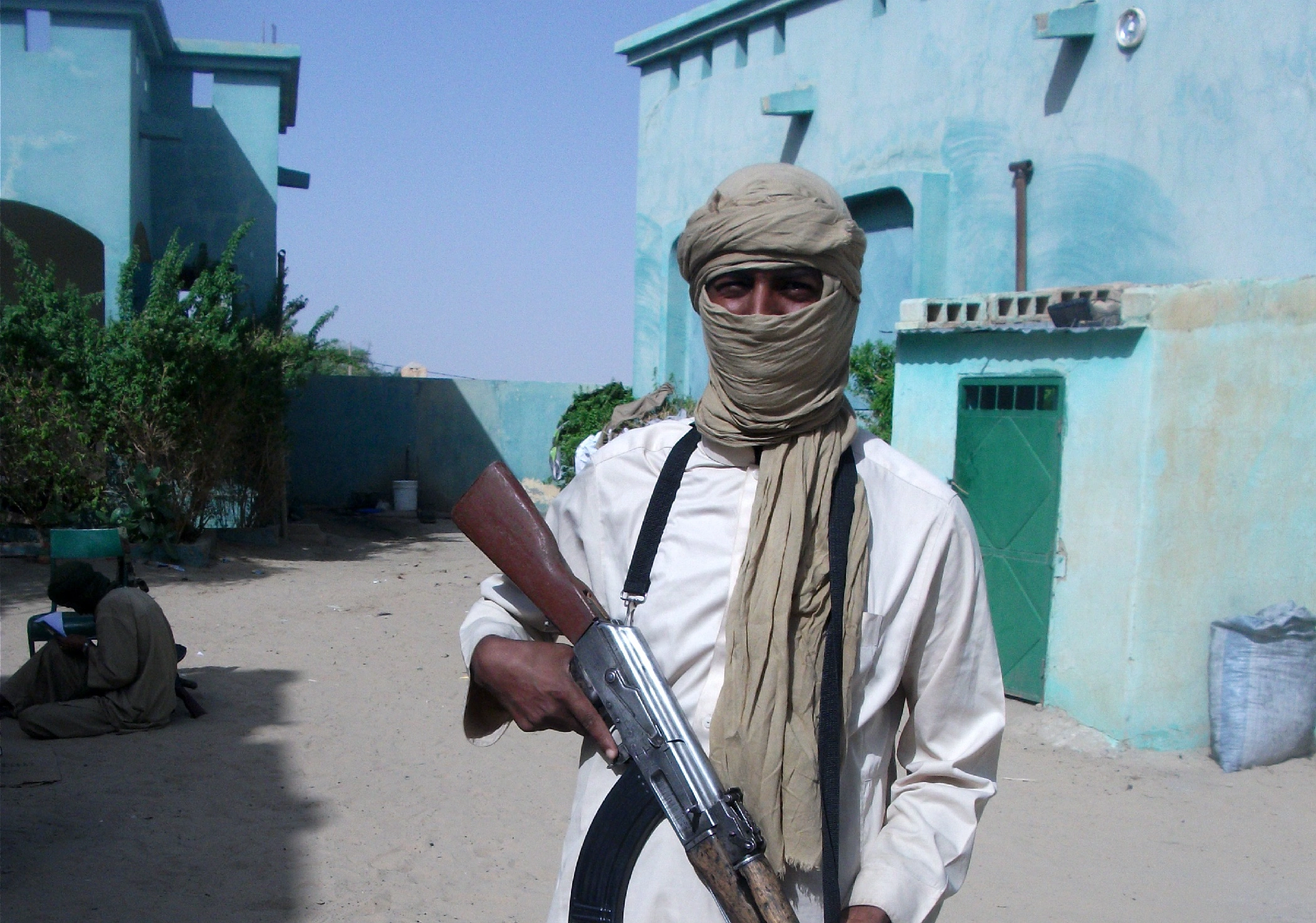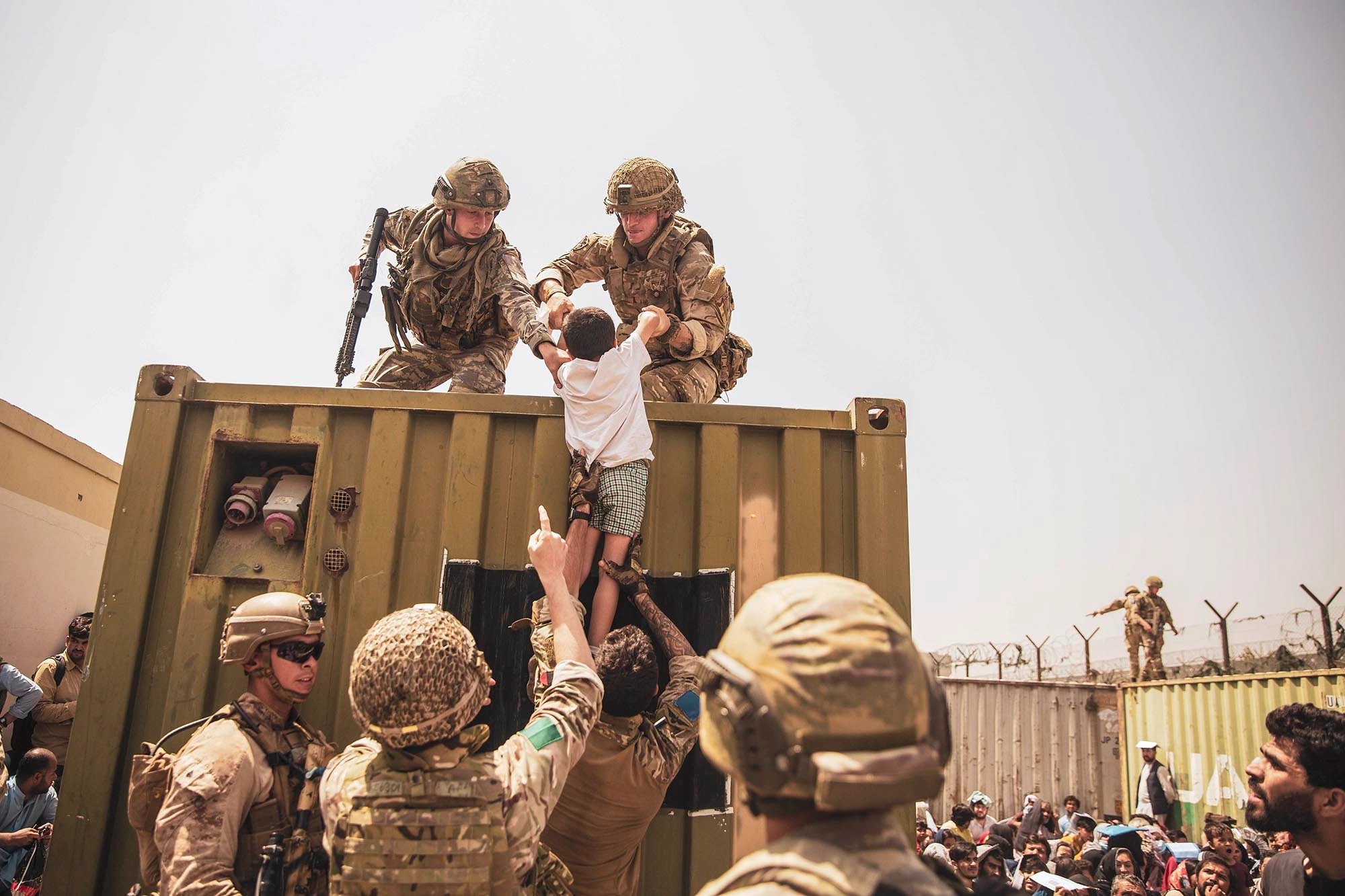Water plays an important role in the supply chain of the South Asian region. It also affects food security in countries like Afghanistan and Iran. Nowadays climate change has been impacting greatly water security. Changing weather patterns and increasing the earth’s temperature result from the emission of carbon gases. These changes contribute to the melting of glaciers. The melting glaciers, in turn, lead to flooding in the river.
In recent years South Asia and Afghanistan have faced drastic floods resulting in the loss of lives, and infrastructure. This year water crisis has got severe, especially in Afghanistan and Iran region.
This led to a decrease in the water flow of the Helmand River. The Helmand River is one of the largest rivers in Afghanistan. It serves as the main source of irrigation and water for the Sistan Basin and Iran. The lower water flow caused the Hamun Lake water level to be low. Hamun Lake is the main source of water for the Iran-Afghanistan border region Sistan-Baluchistan. On 18 May, the Iranian president warned Afghanistan to abide by the 1973 Water Treaty. This warning later escalated into violent border clashes between the Islamic Emirates of Afghanistan (IEA) and Iran.
Image Source: The New International Atlas, (Rand McNally) 1993.
Analysis
The Afghan-Iranian Helmand River water treaty came into force to end the persisting conflict over the water flow of the Helmand River between Afghanistan and Iran. It immediately came into force on the 13th of March 1973 after the plenipotentiary of both countries Iran and Afghanistan signed the agreement. The Prime Minister of Afghanistan Moussa Shafiq while Abbas Hoveyda Prime Minister of Iran signed the treaty. It copied into three languages Pashto, Dari, and English as a recourse for third-party arbitration. Despite this, the Iranian government has raised treaty issues over water flow several times with the Afghan administration. Especially when the Afghan authorities began the construction of Kamal Khan Dam in Nimruz province over the Helmand River. Iranian authorities showed concern that it will cause environmental damage in the Sistan-Baluchistan province.
Iran and Afghanistan both countries are having well trade relations between them since the US withdrawal from Afghanistan. Iran is one of the major exporters to Afghanistan with an export volume of 1.2 billion dollars.
However, President Ibrahim Raisi’s recent remarks about the Afghan government over the water issue escalated the latent stage conflict into a violent behaviour of both states. According to regional complex theory threat travel is easier to the neighboring states than far existing states. So Iran-Afghanistan conflict has served as a threat to neighboring states like Pakistan and other border-sharing states. So states should take into consideration the risk of threats travel from conflicting states.
Legal Perspective
According to Article II of the Afghan-Iranian Helmand River Water Treaty 1973 (AIHRWT), Afghanistan must supply Iran with water from the Helmand River at a rate of 22 cubic meters per second (m³/s) annually, plus an additional 4 m³/s as a goodwill gesture towards Iran. Under normal circumstances, this would provide Iran with an average yearly supply of 820 million cubic meters (m3), or 556,000 acre-feet.
However, as per Article V Afghanistan maintains complete rights to the residual supply of water, regardless of how the treaty provides Iran access to the Helmand River. Article V clearly states that Afghanistan shall maintain all rights to the remainder of the water supply of the Helmand River and can undertake any utilization or distribution of the water as it desires.”
Furthermore, Iran is barred by the Treaty to make any further claims to the water in excess of rate agreed upon that may be available in the Helmand Lower Delta. This resultantly binds Iran to the monthly distribution agreed in the Article III table.
Thus, the Helmand River’s residual reservoir of water is clearly Afghanistan\’s sole asset. This implies that the IAE has the right to carry out reservoir, hydroelectric, and agricultural projects wherever it deems fit.
In contrast to the bilateral treaty’s scope, international law regards the Helmand River as a cross-border or international river. This law requires both parties to share the river’s waters. International law considers the no-harm criterion and the concept of equitable and reasonable exploitation as its pillars. The United Nations Convention on the Law of the Non-Navigational Uses of International Watercourses 1997 incorporates these principles.
Current State of Affairs
Afghanistan-Iran Helmand River water treaty in order to prevent both states to get into dispute obliged Afghanistan to release water into the Helmand River on a monthly basis. It varies from season to season as the Helmand water flow becomes low in the autumn season. Afghanistan has been releasing 40% water more than it obliged under the treaty during the recent government era. But since the IEA government took over Kabul Iran and Afghanistan both countries were hit by severe drought which caused the water level in Helmand River to low.
After President Raisi warned the IAE deputy prime minister for economic affairs, Mullah Abdul Ghani Baradar, said on May 22 that Kabul was “committed to the water treaty of 1973 but the drought that exists in Afghanistan and region should not be ignored.” Both governments tried to resolve the situation through negotiation but the Iranian government’s persistent backlashes at the IAE government and the decision to not recognizing their government worsened the situation.
Crisis Due to Climate Change
Climate change is the root cause of this conflict which required both states’ attention because in coming times changing weather patterns will bring more drought and floods in the region to which counter Dams like Kamal Khan are necessary for both Iran and Afghanistan to ensure water security of Afghanistan and Iran needs to understand it. Both states need to understand that it will mutually benefit both states.
A country like Pakistan which is also vulnerable to climate change should also learn lessons from such conflicts in the region.
The Kabul River which joined the Indus River also comes from Afghanistan and unless Iran we don’t have any legal binding on Afghanistan on water sharing between the two countries. On Thursday, Iranian Foreign Minister Hossein Amir Abdollahian told Iranian state media, the Islamic Republic of Iran Broadcasting, that his government had “good negotiations” with the Taliban.
“We have the water rights issue on the agenda, and the Iranian President has assigned Hassan Kazemi Qomi Iranian ambassador to Afghanistan to follow up on the matter, with the view that the issues between the two countries should go in the direct direction and be resolved,” said Amir Abdollahian.
Conclusion
IAE needs to respect international law and its norms in order to get their self-de jure recognition. Its people and economy are not in any situation to face another conflict. As country’s economic and security situation is very volatile because it has been facing both traditional and non-traditional threats internally. In order to resolve the issue both states need to take bilateral steps mutually instead of getting into violent conflict.
As negotiations have commenced between both countries, it is time to recognize that the Afghan-Iran Helmand Water Treaty needs additional protocols. The changing environmental conditions require revising articles related to water flow. Both states should sit together to find a peaceful solution. The non-traditional security threats have morphed into violent clashes due to the unwillingness of states to negotiate and take bilateral measures. States need to take this climate change threat seriously, as it will have serious implications for regional security as well.
The views expressed in this article are the author’s own. They do not necessarily reflect the editorial policy of the South Asia Times.

